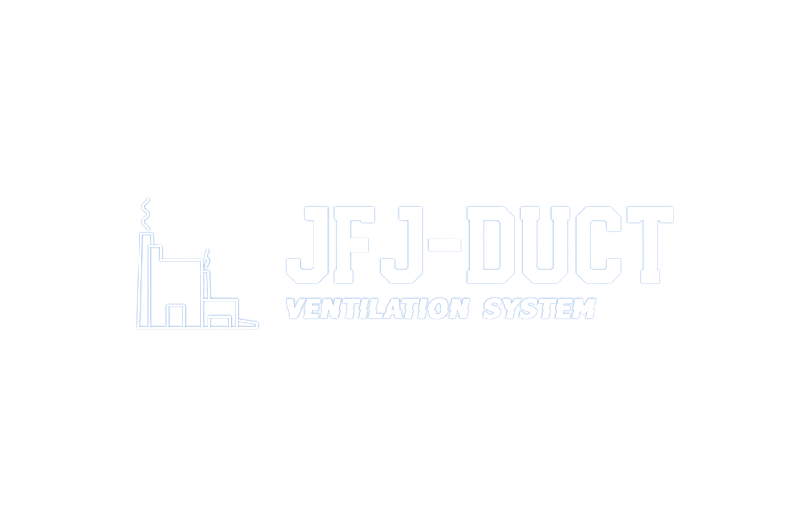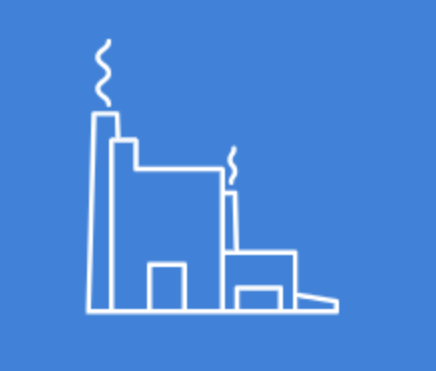Proper duct design is often an overlooked aspect of heating, ventilation, and air conditioning (HVAC) systems. While people tend to focus on the efficiency and performance of the heating and cooling equipment itself, the ductwork plays a critical role in ensuring that conditioned air is distributed effectively throughout a building. In this article, we will explore the significance of proper duct design in HVAC systems and the potential harm that can occur without it.
1. Energy Efficiency: Proper duct design is essential for optimizing energy efficiency. Ductwork that is well-designed minimizes air leaks, reducing energy waste and lowering utility bills. When ducts are poorly designed or installed, they can develop leaks, kinks, and other issues that lead to the loss of conditioned air. This not only decreases the efficiency of the HVAC system but also forces it to work harder to maintain the desired temperature, resulting in higher energy consumption and costs.
2. Even Temperature Distribution: One of the primary purposes of an HVAC system is to provide consistent and comfortable temperatures throughout a building. Proper duct design ensures that conditioned air is evenly distributed, preventing hot or cold spots. Inadequate duct design can lead to temperature imbalances, with some areas being overly warm, while others remain too cold. This not only reduces comfort but can also lead to occupant dissatisfaction and decreased productivity in commercial settings.
3. Air Quality: Duct design directly affects indoor air quality. Well-designed ductwork helps filter and purify the air by efficiently distributing it. It prevents the accumulation of dust, allergens, and contaminants within the ducts. Poor duct design can lead to the buildup of these particles, and when the system is operating, it can distribute them into the indoor air, contributing to respiratory problems and allergies among occupants.
4. Reduced Noise Levels: HVAC systems can generate noise, and the ductwork can either mitigate or exacerbate this issue. Proper duct design includes features like acoustic insulation and noise-reducing components, which help minimize noise transmission. In contrast, improperly designed ducts may allow noise to travel freely, creating a disruptive and uncomfortable indoor environment. Excessive noise can lead to stress, reduced concentration, and overall discomfort for building occupants.
5. Extended Equipment Life: HVAC equipment is a significant investment, and it’s essential to protect that investment by ensuring the longevity of the system. Proper duct design prevents unnecessary strain on the HVAC equipment. When ducts are designed correctly, they allow the system to operate under ideal conditions, reducing wear and tear on components like the blower motor and compressor. Conversely, inadequate duct design can lead to increased maintenance requirements and a shorter lifespan for the HVAC system, which can be costly and inconvenient for building owners.
Harmful Effects of Improper Duct Design:
Now, let’s delve into the harmful consequences of improper duct design:
1. Reduced Efficiency and Increased Operating Costs: Inadequate duct design leads to inefficiency and higher operating costs. Leaky or improperly insulated ducts result in energy wastage, as the conditioned air escapes before reaching its intended destination. This inefficiency requires the HVAC system to work harder, increasing energy consumption and utility bills.
2. Comfort Issues: Improperly designed ducts often lead to uneven temperature distribution. Occupants may experience discomfort due to areas that are too hot or too cold. This can lead to frequent thermostat adjustments, reducing overall satisfaction and productivity in the space.
3. Poor Indoor Air Quality: Ducts that are not properly designed and maintained can accumulate dust, mold, and contaminants. When the HVAC system is in operation, it can distribute these pollutants into the indoor air, leading to health issues, allergies, and respiratory problems among building occupants.
4. Noise Pollution: Improper duct design can allow noise from the HVAC system to be transmitted throughout the building. This noise pollution can be highly disruptive and impact the well-being of those inside the space. Over time, it may even lead to increased stress levels and reduced productivity.
5. Frequent Equipment Failures: When ducts are not designed to accommodate the airflow requirements of the HVAC system, it can result in increased pressure within the ductwork. This added pressure places stress on the equipment, leading to more frequent breakdowns and the need for costly repairs.
6. Shortened Equipment Lifespan: HVAC equipment that operates under stressful conditions due to poor duct design is more likely to experience premature wear and tear. This can significantly reduce the lifespan of the system, necessitating expensive replacements or upgrades sooner than expected.
In conclusion, proper duct design is a critical component of an efficient and effective HVAC system. It impacts energy efficiency, temperature control, indoor air quality, noise levels, equipment longevity, and overall comfort. Neglecting duct design can lead to a host of issues, including higher operating costs, discomfort, health concerns, and the need for frequent repairs. Building owners, HVAC professionals, and designers should prioritize proper duct design to ensure optimal system performance and occupant satisfaction. Investing in well-designed ductwork is an investment in the long-term efficiency, comfort, and health of any building.


